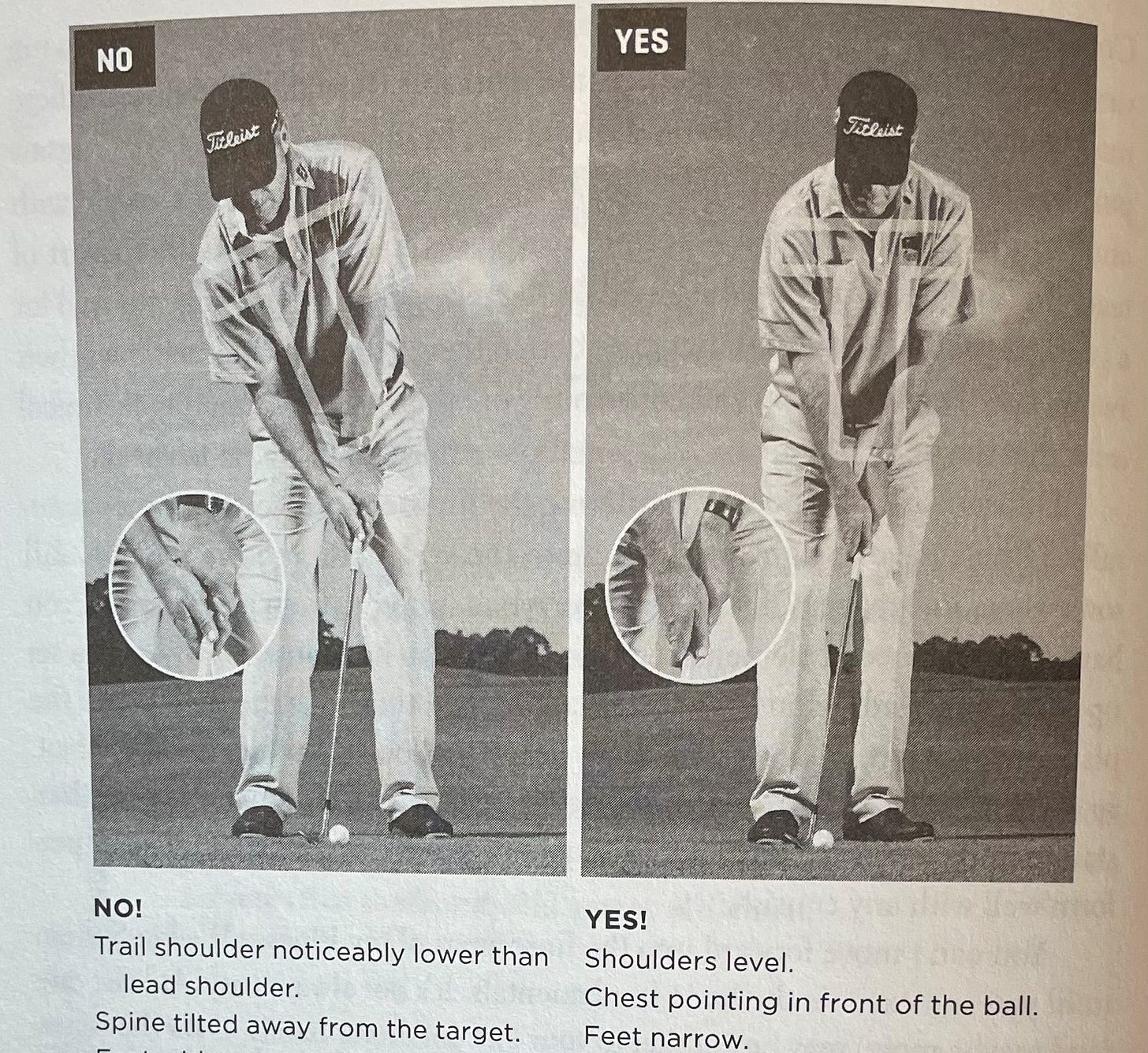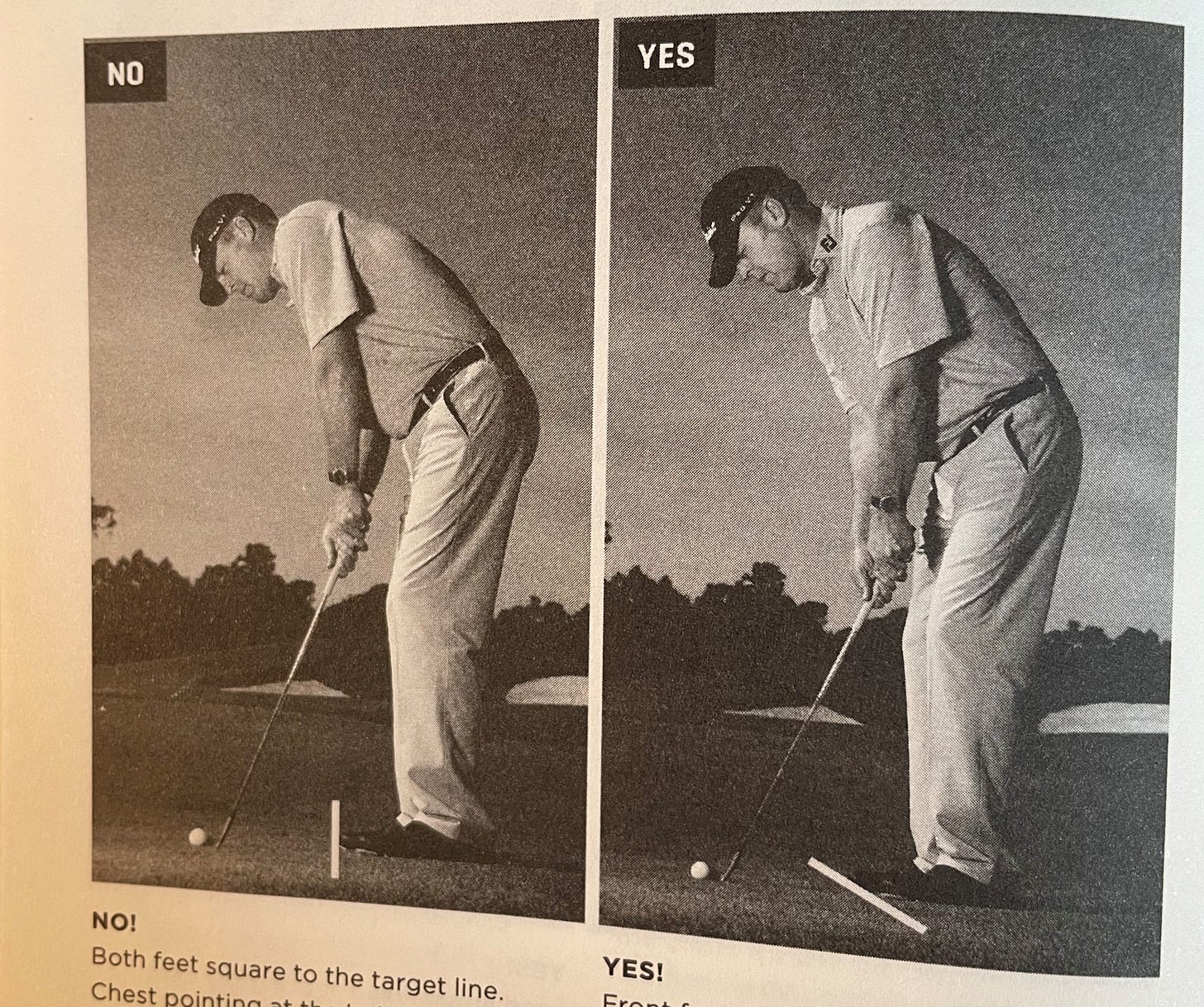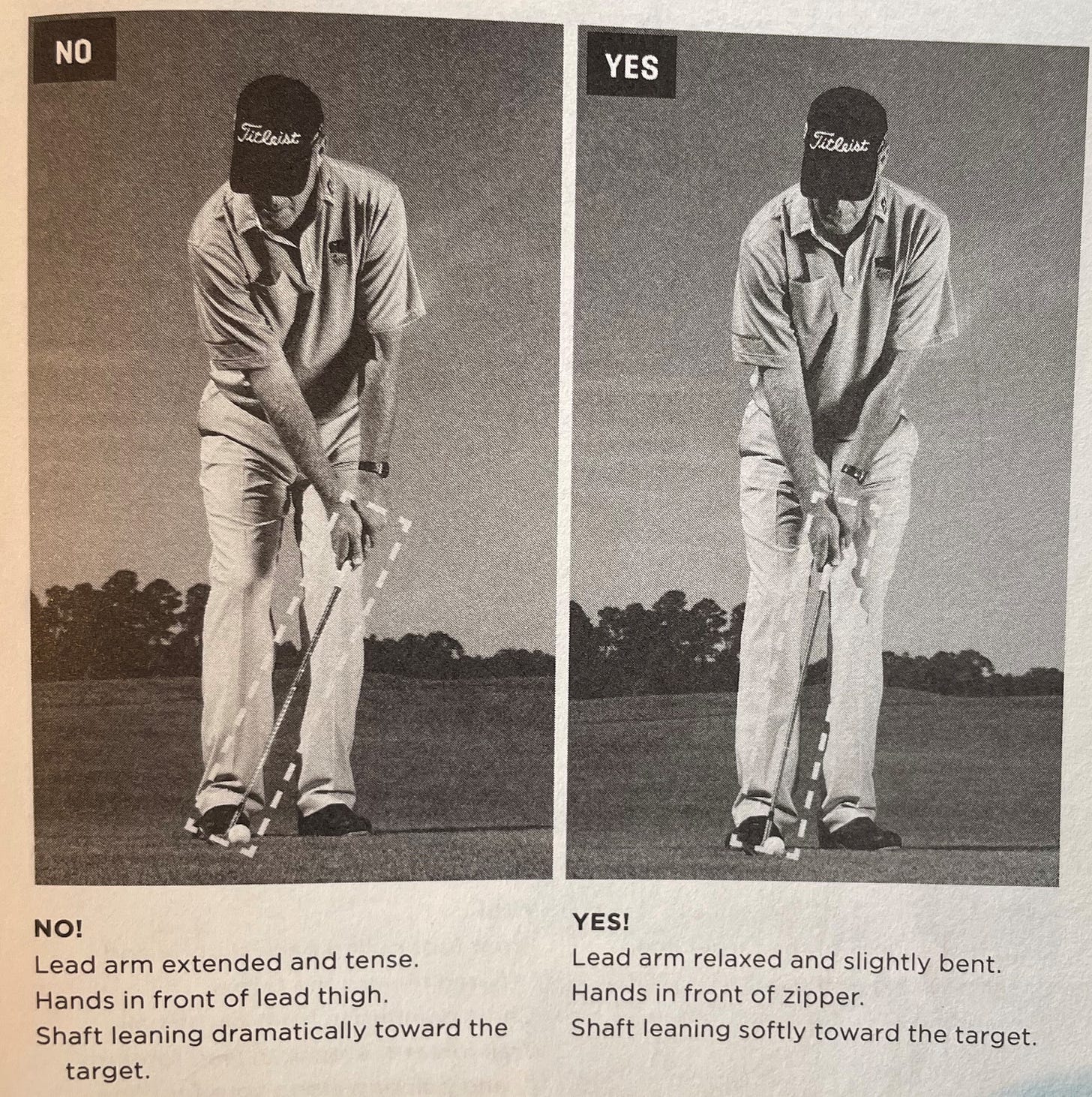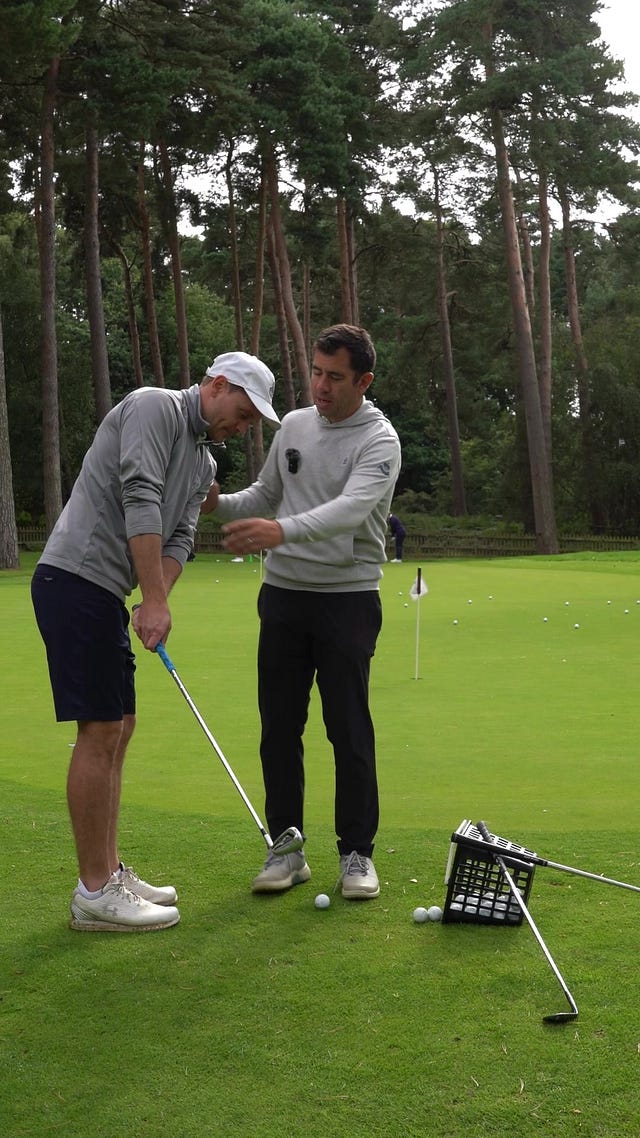Question #1 from David:
Hi, My question is as a mid to high handicap, what would people reckon clubs to carry in bag? My aim is to get below 20 handicap within six months.
I personally have a Putter, Driver, 3 wood, 5 wood, 4 Hybrid, 5-9 irons, PW, and 56 Wedge.
Thanks, David
T2C Answer:
Hey David, thanks for the question. The answer ultimately depends on the golfer.
The main goal for your bag should be proper gapping and confidence in your clubs. The confidence part is straightforward. If you have a club in your bag that you literally dread using, replace it. Golf is hard enough as is.
Now to gapping. Gapping is the difference in yardage between each club, and we are looking for about 10 to 15 yards between clubs. You don’t want a 25-yard gap between your pitching wedge and the next club in your bag.
It looks like you have pretty good coverage at the top end of the bag. The only possibility I see is if you find yourself stuck between a 5-wood and 4-hybrid, you might benefit from adding a 7-wood or 3-hybrid.
Otherwise, adding a gap wedge and a lob wedge is the move. This would fill out the bottom end of your bag and give you better coverage from 100 and in. Adding two more wedges also gives you more chipping and bunker shot options.
Typically, you’ll find wedge sets of 50/54/58 or 52/56/60. Since you already have a 56, I would add a 52 and 60 degree into the bag.
Bottom line: Get a gap wedge and lob wedge to round out the bag. Get fitted to ensure proper gapping and that the shafts, lie angle, etc, are consistent.
Adding these two clubs will be a great addition to the bag. I hope that answers your question, David. Good luck, and feel free to contact me if you have any more questions.
Question #2 from Alex
What are the top three things to think about for quality, consistent chipping?
Hopefully not a dumb question from someone who has been playing for ~25 years, but I honestly don't know the answer. When I step up to the ball, my general thought process is (1) get somewhere in between shaving the grass / creating a divot and (2) make sure to swing through the ball.
Thanks!
T2C Answer:
Alex, thanks for the question!
Quick note: Alex writes The Science of Hitting Investment Research Newsletter on Substack, which is excellent!
I’m going to start with an investment analogy (much to my wife's chagrin).
Warren Buffett has often said that he wants a company with a durable competitive advantage, that earns high returns on invested capital, has low capital requirements, and can be bought at a fair price. Easy right?
As you know, it’s not quite THAT simple, but it is a great place to start.
Also, investors can excel with entirely different styles. Growth, value, quality, concentrated, diversified, net-nets, etc.
Like investing, chipping can be successfully done in many ways. Some golfers use the bounce, and some use the leading edge. Phil Mickelson prefers “the hinge and hold,” while others prefer the Sieckmann method. Some like a lob wedge, and some like to bump and run with a 7-iron.
The point is there are many ways to chip well consistently, and although they may look different, they still have a set of core fundamentals in common.
The Core Fundamentals:
Weight Forward
Stance
Connected
Weight Forward
A common fatal flaw in amateurs is trying to help the ball up when chipping. They do this by shifting their weight towards their back foot and sometimes dipping the right shoulder to HELP the ball in the air.
When chipping, there isn’t enough time to get your weight back to the front side, which leaves your weight on the back foot at impact. This leads to low-point issues and fat or thin shots. The dreaded skulled shot across the green or the duff three inches behind the ball.
The ball doesn’t need help up! The loft of your club will do the work. Keep your weight at about 60/40 towards the front foot.
You want to feel like your body and head are moving towards the pin with your weight on that front foot. See the picture below. We don’t want to fall back. Keep your shoulders level or even slightly toward the target.
Stance
Too wide of a stance or squatting are common flaws. If your stance is poor, no matter what you do in the swing, it will be tough to chip with any consistency.
Stand closer to the ball with a more upright posture. Keep your feet close together and pull the left foot slightly back and open (see below). This will allow you to rotate properly.
For a standard chip shot, maintain a little shaft lean with the ball a few inches off your back foot (see below). You can play around with ball position and shaft lean, but we’ll leave that for another day. Don’t forget to keep that weight forward!
Staying Connected
Finally, stay connected. This means keeping your body and arms in sync. You’ll see many amateurs get too armsy or wristy, disconnecting the arms from the body and making it incredibly difficult (but not impossible) to have consistent low-point contact.
You want everything moving together in one smooth motion. I had issues with this recently, and the way I felt “connection” was feeling like my arms were glued to my sides.
I recommend trying the towel drill for this. Putting a towel across your chest and under your armpits while chipping will emphasize the feeling of using your body rather than your arms.
Also, it helps to stay loose and let gravity do its thing. Too often (myself included), amateurs tend to tense up, hindering our feel around the greens.
The video below from Dan Grieve is, in my opinion, the perfect example of staying connected, rotating with the body, and keeping that weight forward.
Wrap Up
A lot of chipping is personal preference and feel. Some camps advocate for “brushing the turf,” and others a descending type stroke. This depends on many factors, including, lie, bounce, club used, ball position, or personal preference.
It’s hard to give a definitive answer here. I do know you’ll never see anyone advocate for an ascending stroke. I tend to prefer a descending feel that’s slightly down on the ball.
The rest is practicing and experimenting with what works for you. Play around with opening up the club face, using different wedges, and moving the ball around to see what works.
Bottom Line: Keep that weight forward with a narrow and slightly open stance. Shoulders should be level or tilted somewhat towards the target. Stay connected, arms glued. That’ll get you 90% of the way.
I hope that helps. Thanks for the question, Alex!
Til Next Time.















Very helpful answer - thank you!!!